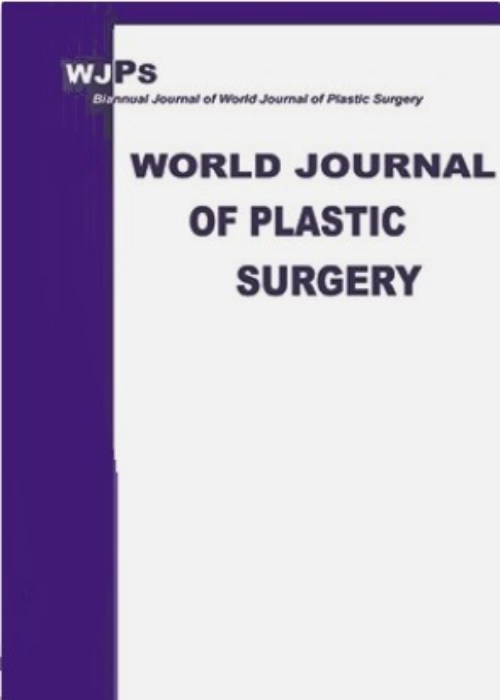Epidemiology and Management of Foreign Bodies in the Hand: Pakistani Perspective
Author(s):
Abstract:
Background
Penetrating and impalement injuries of the hand and fingers are one of the commonest presentations at the hospital’s emergency rooms. This study assessed the characteristics of patients who suffered foreign body injuries to the hands and documented the pattern of diagnosis and management at a specialist plastic surgical facility. Methods
The study was conducted at the Department of Plastic and Reconstructive Surgery, Pakistan Institute of Medical Sciences (PIMS), Islamabad over a period of six years (i.e. from September 1, 2007 to July 31, 2013). All adult patients (37 subjects) of either gender who were managed for hand foreign bodies during the study period were included by convenience sampling technique. The demographic profile of the patients, cause of injury, type of foreign body, occupation of the patient, diagnostic yield of plain x-rays, type of procedure undertaken for retrieval of foreign body, and complications were all recorded on a form. A follow-up of three months was done. Results
Eighteen (48.64%) were males while 51.35% (n=19) were female. The mean age was 26.789.94 years. The commonest sufferers were housewives 29.72% (n=11). Majority of patients (n=16; 43.24%) presented on day 3 (i.e. >48-72 hours), among the injury causing mechanisms, the commonest were accidents with sewing machines 45.94% (n=17) and sewing machine needles 45.94% (n=17) were the commonest foreign bodies observed. The plain x-ray hands reveled the diagnosis in all patients except those with wooden foreign bodies (n=3; 8.10%). All patients had successful surgical exploration and retrieval of the foreign bodies under local anesthesia and tourniquet control. In two cases, image intensifier was employed to locate the foreign bodies per-operatively. Wound infection was found in 0.8% (n=4) patients, all of whom were managed successfully with oral antibiotics. None of patients had hospitalization. All patients were fine at 3 months follow up. Conclusions
Surgical exploration and careful retrieval under local anesthesia and tourniquet control suffice as the definitive treatment. Rarely intra-operative image intensifier is needed to locate foreign bodies per-operatively.Keywords:
Foreign body , Hand , Penetrating , Diagnosis
Language:
English
Published:
World Journal of Plastic Surgery, Volume:3 Issue: 1, Jan 2014
Pages:
13 to 17
magiran.com/p1216929
دانلود و مطالعه متن این مقاله با یکی از روشهای زیر امکان پذیر است:
اشتراک شخصی
با عضویت و پرداخت آنلاین حق اشتراک یکساله به مبلغ 1,390,000ريال میتوانید 70 عنوان مطلب دانلود کنید!
اشتراک سازمانی
به کتابخانه دانشگاه یا محل کار خود پیشنهاد کنید تا اشتراک سازمانی این پایگاه را برای دسترسی نامحدود همه کاربران به متن مطالب تهیه نمایند!
توجه!
- حق عضویت دریافتی صرف حمایت از نشریات عضو و نگهداری، تکمیل و توسعه مگیران میشود.
- پرداخت حق اشتراک و دانلود مقالات اجازه بازنشر آن در سایر رسانههای چاپی و دیجیتال را به کاربر نمیدهد.
In order to view content subscription is required
Personal subscription
Subscribe magiran.com for 70 € euros via PayPal and download 70 articles during a year.
Organization subscription
Please contact us to subscribe your university or library for unlimited access!


